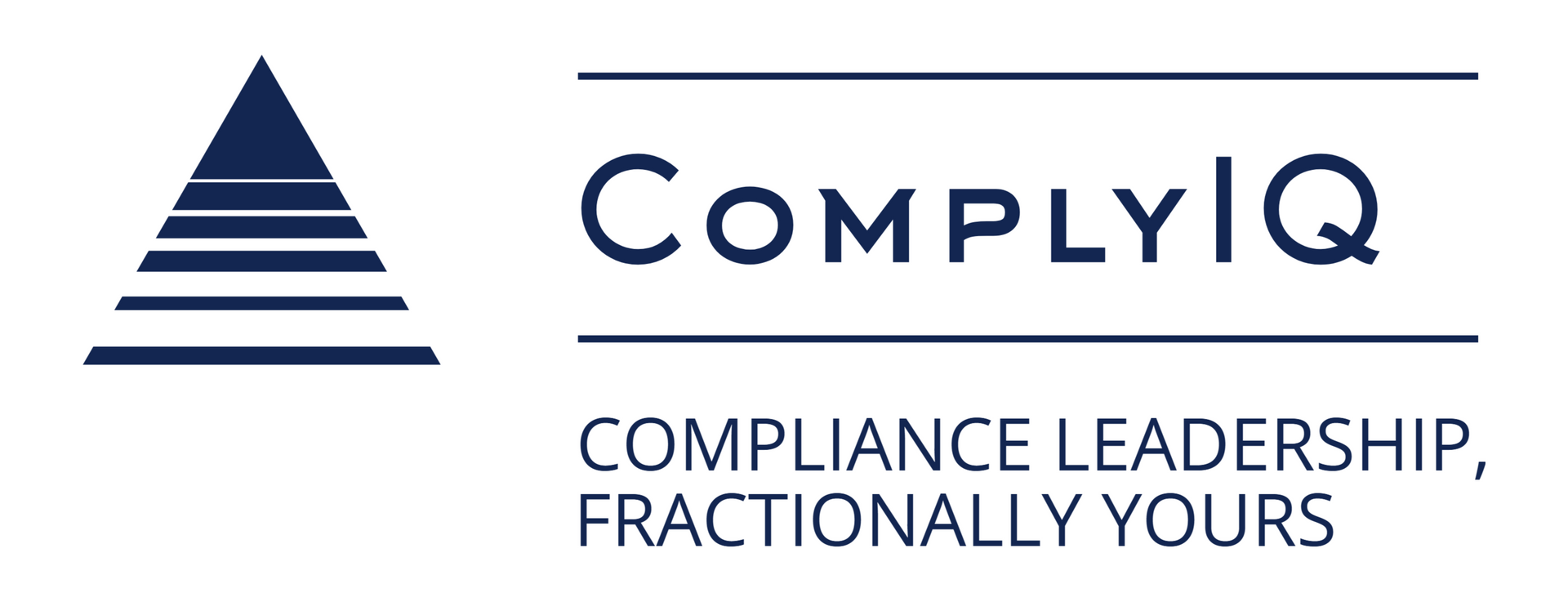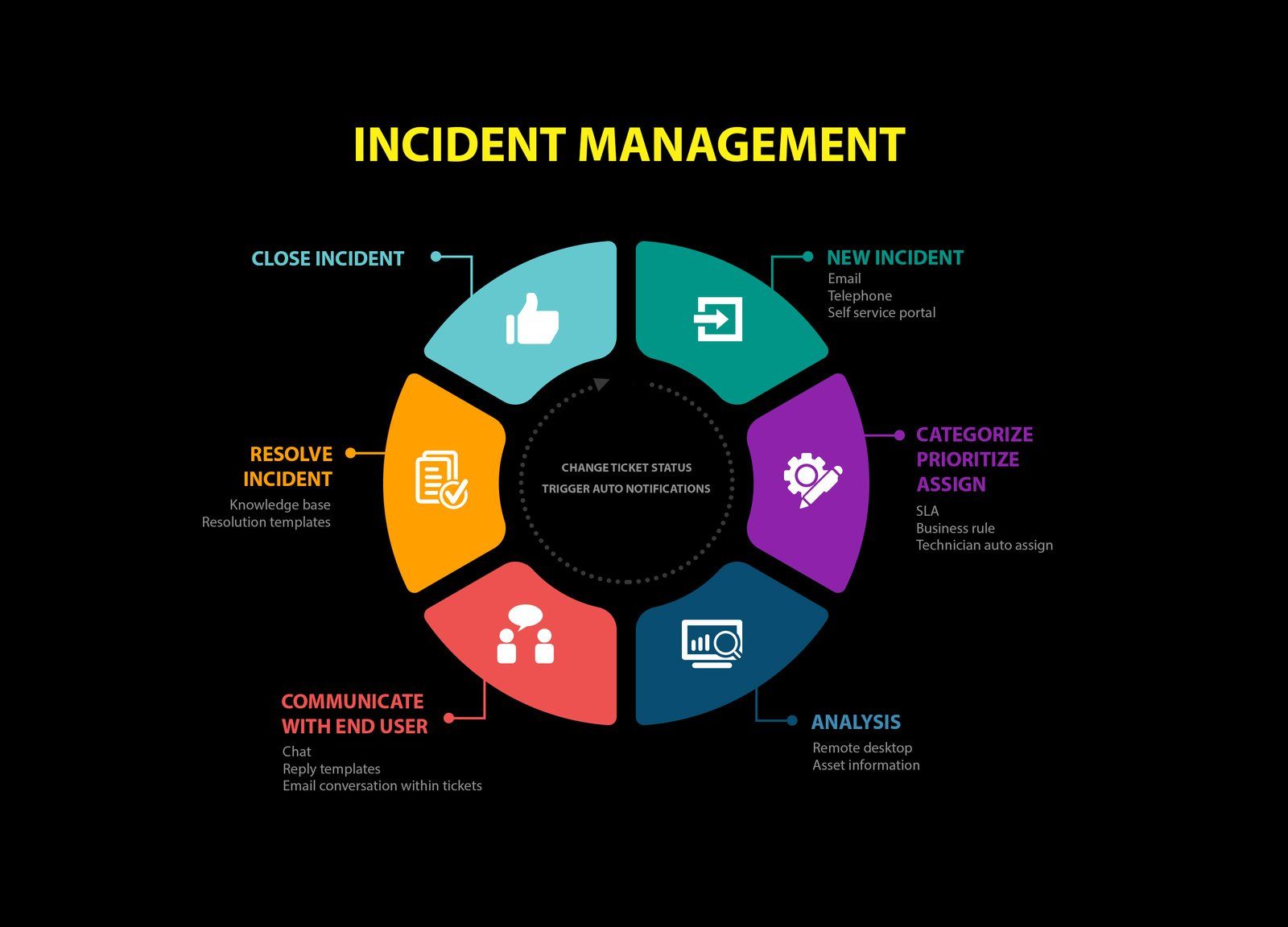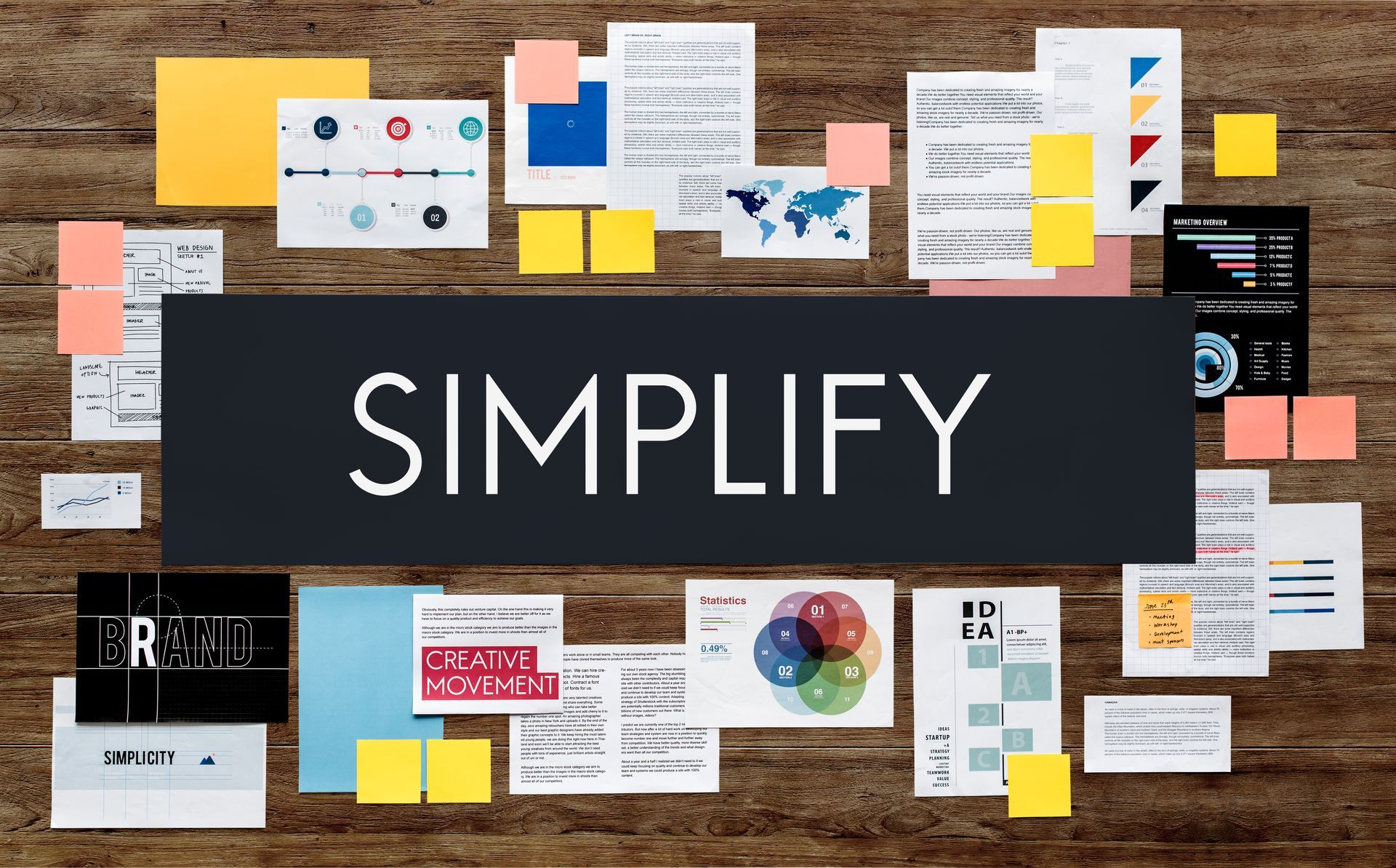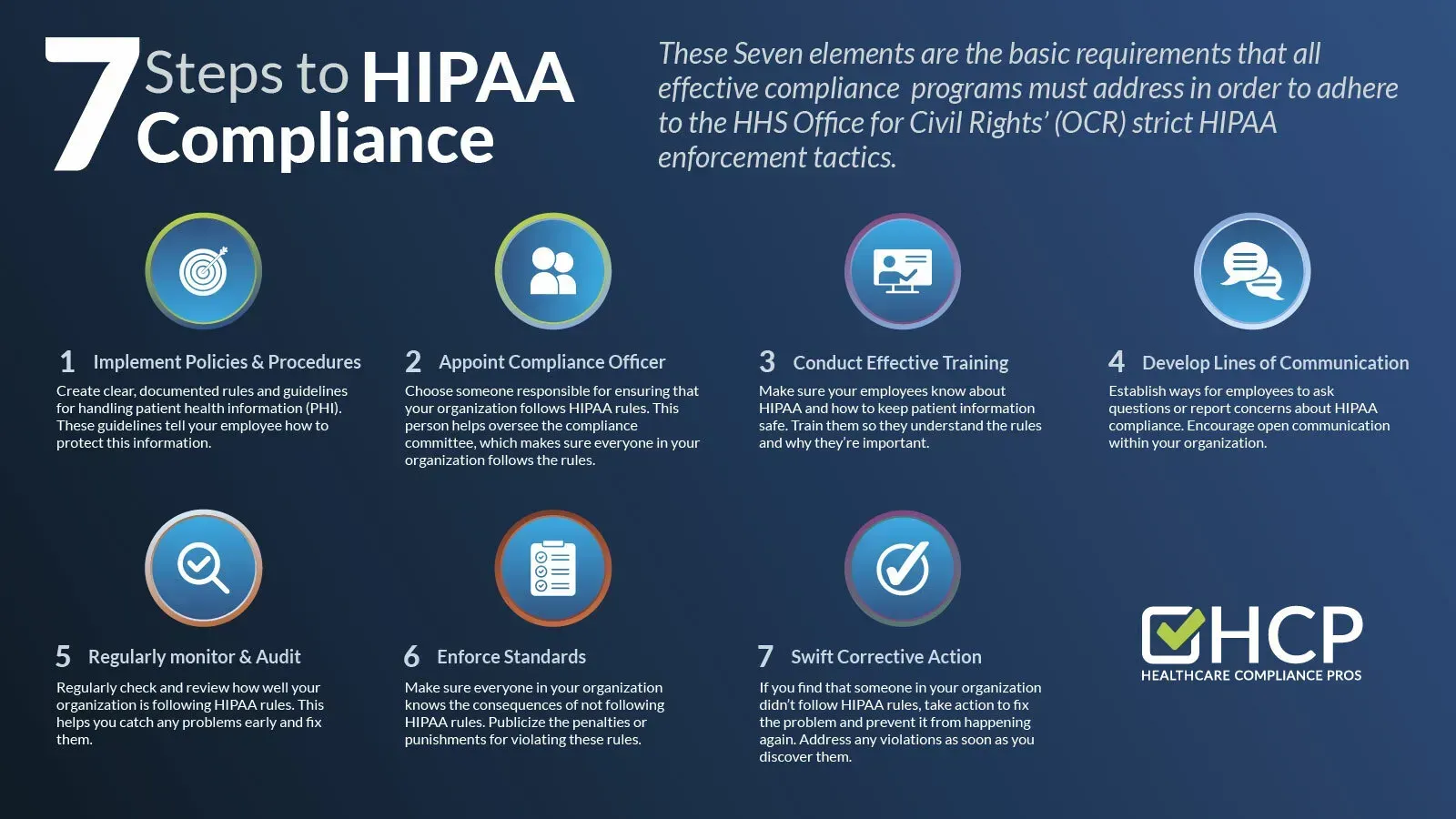Guaranteeing Fair Banking for All Americans: Who is Impacted?
Guaranteeing Fair Banking for All Americans: Who is Impacted? explains who faces banking barriers, new regulatory demands, and practical steps fintechs can take to comply.

Introduction
Banking discrimination apparently persists, as suggested by this recent Executive Order.
The American banking system has quietly built walls around financial opportunity for decades. Millions of Americans, particularly in minority and low-income communities, still can't access basic banking services that most of us take for granted.
FDIC's 2023 survey reveals a stark reality: 4.5% of households remain completely unbanked. But the numbers tell only part of the story.
Recent executive actions are targeted at forcing a reckoning. The 2025 Executive Order on fair banking demands that financial institutions confront decades of discriminatory practices head-on.
Fair Banking Goes Beyond Anti-Discrimination
Most people think fair banking just means "don't discriminate," but that doesn't capture the full picture.
True fair banking tackles the entire ecosystem of financial access. Branch locations matter. Lending algorithms matter. Customer service quality matters. It's about dismantling barriers that have existed for generations.
Consider this scenario: Two fintech startups apply for the same banking partnership. One targets affluent suburbs. The other focuses on underserved urban areas. Does one get faster approval and better terms?
Historical redlining maps show how 1930s policies still shape today's banking landscape. Neighborhoods marked "hazardous" decades ago remain banking deserts today.
The Community Reinvestment Act was supposed to fix this, but it apparently didn't.
Here's why existing approaches fall short:
- Limited scope: CRA only covers certain types of institutions
- Weak enforcement: Penalties are rare and often insignificant
- Outdated metrics: Branch counting doesn't reflect digital banking realities
- Gaming the system: Banks find creative ways to meet minimum requirements
Modern discrimination looks different too. It's likely buried in credit scoring algorithms, hidden in marketing targeting, or embedded in product design decisions. A lending algorithm might not explicitly consider race, but it can achieve the same discriminatory effect through seemingly neutral factors.
If you design a swimming pool with no wheelchair ramp, you've excluded disabled people without explicitly banning them.
Primary Communities Facing Banking Barriers
Research indicates that the impact hits different communities in different ways.
African American households face the steepest barriers. They're five times more likely to be unbanked compared to white households. Even when they do have accounts, they often pay higher fees and receive lower credit limits.
Hispanic and Latino communities encounter language barriers, documentation requirements, and geographic challenges. Many live in areas where Spanish-speaking bank staff are unavailable. This forces them to rely on expensive check-cashing services.
Rural Americans deal with a different problem: disappearing banks. Research on branch closures indicates that rural areas have lost 20% of their bank branches since 2009. For elderly residents without reliable internet, this means losing access entirely.
Immigrant populations face unique hurdles. Traditional credit scoring doesn't recognize foreign credit history. Someone who managed finances responsibly for decades in another country starts from zero here.
Native American communities experience some of the worst banking access in America. Reservation lands often lack basic financial infrastructure. Residents must travel hours for banking services.
Secondary Impacts Across Communities
The effects spread far beyond individual banking relationships.
Small businesses suffer most. When local residents can't access affordable banking, they have less capital to invest in community businesses. NCRC research shows that banking deserts correlate directly with small business failure rates.
Housing markets stagnate without accessible mortgage lending. Urban Institute research reveals that banking access directly impacts homeownership rates and property values.
Educational opportunities shrink when families can't build credit or access student loans. Community colleges in banking deserts report higher dropout rates due to financing challenges.
The cycle reinforces itself. Poor banking access leads to economic disinvestment. This makes banks even less likely to serve these areas.
Financial Institutions Face New Compliance Reality
The regulatory landscape just got significantly more demanding.
Enhanced demographic tracking now requires institutions to collect detailed data on lending patterns, account opening rates, and service delivery across different communities. This isn't just checking boxes. Regulators want to see actual outcomes.
Algorithm auditing becomes mandatory for any AI-driven lending decisions. FinRegLab's research provides testing methods for bias detection, but implementation requires specialized expertise that most institutions lack.
Branch closure assessments must now include community impact studies. You can't just close a branch because it's unprofitable. You need to demonstrate that community members have reasonable alternatives.
Here's where many institutions struggle: Traditional compliance teams understand regulatory requirements. They lack the technical expertise to audit machine learning models for bias.
Reporting obligations expand dramatically. The CFPB's small business data collection rulemaking requires lenders to collect demographic information on business loan applicants. This means updating application systems. Training staff. Establishing new data security protocols.
Consumer complaint processes get stricter oversight. The CFPB's Office of Fair Lending now tracks complaint resolution times and outcomes across demographic groups.
Regulatory Enforcement Gets Serious
Regulators are moving beyond warnings.
Examination procedures now include bias testing of lending algorithms. They analyze marketing materials for discriminatory targeting. They review customer service quality across different communities.
Penalty structures have been redesigned to actually hurt. Instead of treating fines as a cost of doing business, regulators are imposing business restrictions. They require investments in underserved areas. They demand ongoing monitoring.
Multi-agency coordination means you can't play regulators against each other. The DOJ's fair lending enforcement team works directly with banking regulators to pursue both civil and criminal penalties.
Consider what happened when a major bank's lending algorithm was found to systematically deny loans to minority applicants. The penalty wasn't just a fine. It included mandatory algorithm retraining, independent monitoring for three years, and required investment in community lending programs.
Consumer complaints get faster action. New procedures speed up the path from individual complaints to regulatory investigation. A pattern of complaints from a specific community can trigger a full examination.
Our exam readiness services ensure your compliance programs can withstand enhanced scrutiny. Our ongoing monitoring helps you identify issues before regulators do.
Overcoming Implementation Roadblocks
Most institutions know what they need to do. They struggle with how to do it.
Technology limitations create the biggest barriers. Legacy banking systems weren't designed to track demographic data or test algorithms for bias. Upgrading these systems costs millions and takes years.
Here's a practical solution: Start with pilot programs in specific product areas. Test bias detection tools on your newest lending products before attempting to retrofit everything.
Staffing challenges are equally difficult. Finding compliance professionals who understand both fair lending law and modern technology is nearly impossible. The talent simply doesn't exist in sufficient numbers.
Cost concerns paralyze decision-making. Smaller institutions worry that compliance costs will eat into profits. This makes them less competitive.
Data quality issues complicate everything. You can't test for bias if your underlying data is incomplete or inconsistent. Many institutions need to clean up basic data management before implementing advanced analytics.
FDIC's economic inclusion strategy offers practical guidance for institutions ready to move beyond minimum compliance toward actual inclusion.
Vendor management becomes more difficult when you need specialized tools for bias detection, demographic analysis, and fair lending monitoring. Evaluating these vendors requires expertise most institutions lack internally.
Frequently Asked Questions
What exactly defines "fair banking" under the new requirements? Fair banking ensures equal access to financial services regardless of race, ethnicity, gender, or economic status. It goes beyond just avoiding discrimination to actively promoting financial inclusion.
How will these changes impact community banks and credit unions? Smaller institutions get phased implementation timelines and access to shared resources. The goal is compliance without crushing smaller players who often serve underserved communities better than large banks.
Are digital-only banks subject to the same requirements? Yes, digital platforms face identical compliance obligations. In fact, they may face additional scrutiny because their algorithms make more lending decisions automatically.
What penalties can institutions expect for non-compliance? Penalties range from monetary fines to business restrictions. Severe cases may result in required community investments, ongoing monitoring, or limits on business expansion.
How quickly must institutions implement these changes? Most requirements have 12-18 month implementation periods, with some technical requirements getting additional time for smaller institutions.
Can technology solve most fair banking challenges? Technology is part of the solution, but it requires human oversight and regular auditing. Aequitas bias-auditing toolkit provides open-source tools for getting started.
What resources exist to help institutions adapt? Government agencies provide guidance, industry associations offer training programs, and specialized consultants help with implementation. Fintech Sandbox offers resources specifically for fintech companies.
Moving Forward With Confidence
Fair banking represents the future of financial services. The institutions that embrace these changes now will build competitive advantages while others struggle to catch up. Early adopters gain community trust. They attract socially conscious customers. They reduce regulatory risk.
The demanding nature of these requirements makes expert guidance more valuable than ever. ComplyIQ's fractional CCO services help institutions transform compliance from a cost center into a strategic advantage, ensuring you're ready for this new era of banking regulation.










